Why Trump’s approach to solve the Ukraine conflict will probably fail.
Why Trump’s approach to solve the Ukraine conflict will probably fail.
By Adem Kılıç, Political Scientist
Shortly after taking office, the Trump administration made securing a ceasefire between Russia and Ukraine a top foreign policy priority.
Over the past four months, Trump’s campaign rhetoric that he would end the war in Ukraine within 24 hours has proven unsuccessful, while it has also become clear that achieving a viable and lasting ceasefire between Russia and Ukraine requires a multifaceted approach.
Both Trump’s calls and the talks held in Istanbul under Türkiye’s leadership showed that Russia is not interested in ending the war without achieving the fundamental policy goals it cited as the reason for its attack on Ukraine in 2022.
Indeed, Russian leader Putin, in a lengthy statement made on the days when he launched the ‘special operation,’ said, ‘This special operation was launched in response to the threat posed by the West to Russia’s sovereignty.’
In other words, for Russia, this war was never actually about seizing a part of Ukraine’s territory as its primary goal.
Russia believed that Ukraine’s alignment with the Western-centric global order, following processes that ended in favor of the West, such as World War II and the collapse of the Soviet Union, would trigger a similar process.
While keeping Ukraine out of NATO was one of Russia’s conditions, it was actually just one of the steps toward the main objective.
This is because, despite international agreements, the United States’ policy of expanding NATO into Eastern Europe and the Baltic States after the Cold War had long given Moscow a feeling of being cornered.
Indeed, Putin openly expressed this approach at the 2007 Munich Security Conference, rejecting the ‘security order’ established by the West and later stating that the collapse of the Soviet Union was the greatest geopolitical catastrophe of the 20th century.
Putin’s main objectives
Since the beginning of the process he initiated to challenge the Western-centric global order, Putin has been working towards three main goals.
The first is to reorient the East Slavic core structure, including Belarus and Ukraine, in Russia’s favor and to rebuild the exclusive sphere of influence of ‘Pax Russia’ in this region against the West.
The second is to effectively demonstrate that NATO will not deter Russia when the future of the country is at stake, thereby teaching both NATO and the EU a lesson.
Third, as he said at the Munich Security Conference, to reduce the influence of the ‘global security architecture’ dominated by the United States and the EU, thereby demonstrating that the system based on Western interests for the past eighty years is no longer functional.
In fact, on the eve of the war in Ukraine that began in 2022, Putin clearly stated his overall goals by demanding a return to the pre-1997 status quo in terms of regional power balance, i.e., completely invalidating the results of NATO expansion.
Why are Trump’s efforts failing?
The Trump administration continues to believe that Moscow will abandon the war in exchange for an agreement on the Russian-occupied territories in Ukraine and a guarantee that Ukraine will not join NATO, adopting an approach that ignores all these balances.
However, when one considers that Putin sat down at the negotiating table with these objectives in mind, the reason for the failure of Trump’s approach becomes clear.
As long as the West ignores the fact that Russia is guided by the Great Russian narrative, fundamental to its systematic evolution throughout history, it will not be a great prediction to say that Trump’s approach will continue to fail.
As long as the West continues to view the process in this way, countries facing Russia on NATO’s eastern border will continue to experience a kind of constant competition that postmodern Western Europe no longer recognizes, and that the US has never fully understood.
Conclusion
In light of all these balances, what Europe and Washington have yet to realize is that the war in Ukraine is only part of a larger civilizational war that Russia has been waging against the West for more than two decades.
On the other hand, despite experiencing a major shock since 2022, Russia continues to demonstrate that it can redirect its economy to support its war efforts and rebuild its army faster than most Western analysts thought possible.
At this point, the Trump administration’s efforts to secure a viable ceasefire between Russia and Ukraine will continue to fail. The reason is they cannot read the historical determinants of this war and cannot fully account for Putin’s real objectives and the realities on the ground.


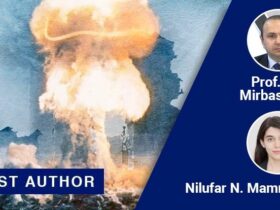
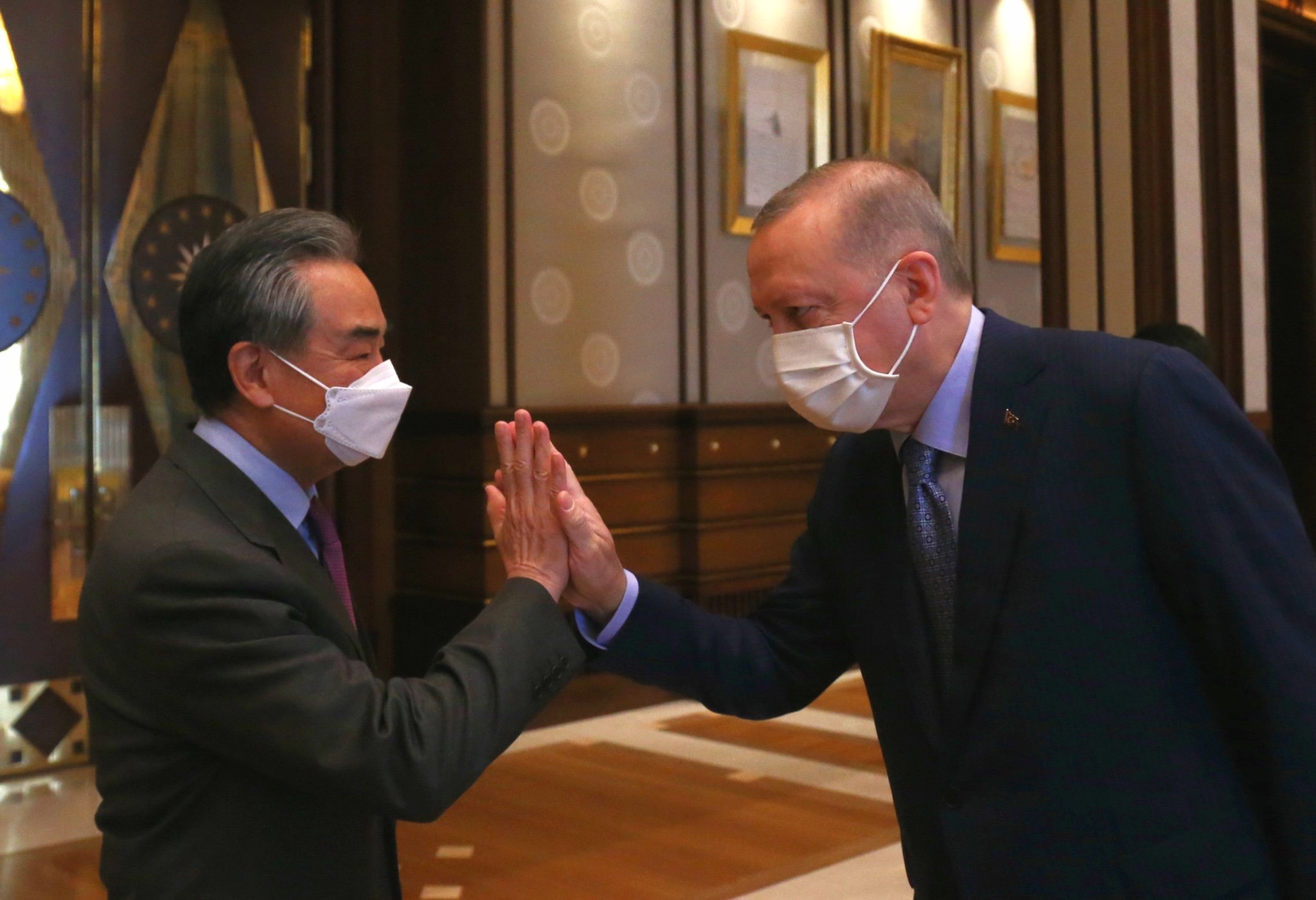
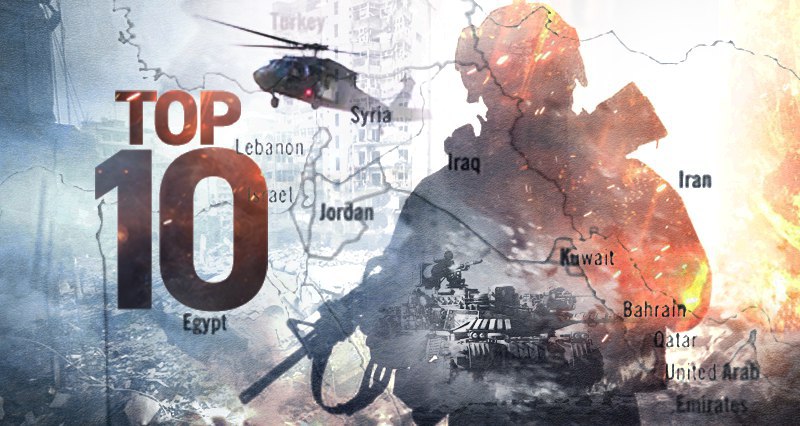


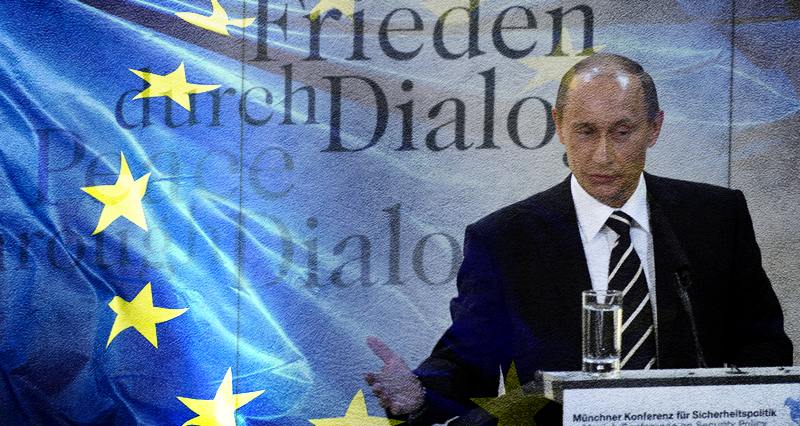
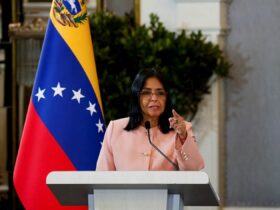

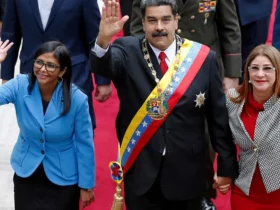
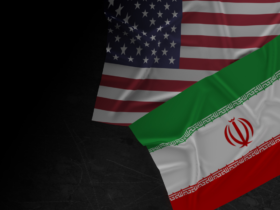
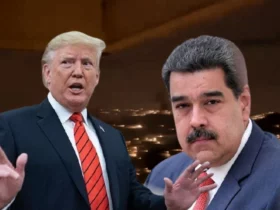


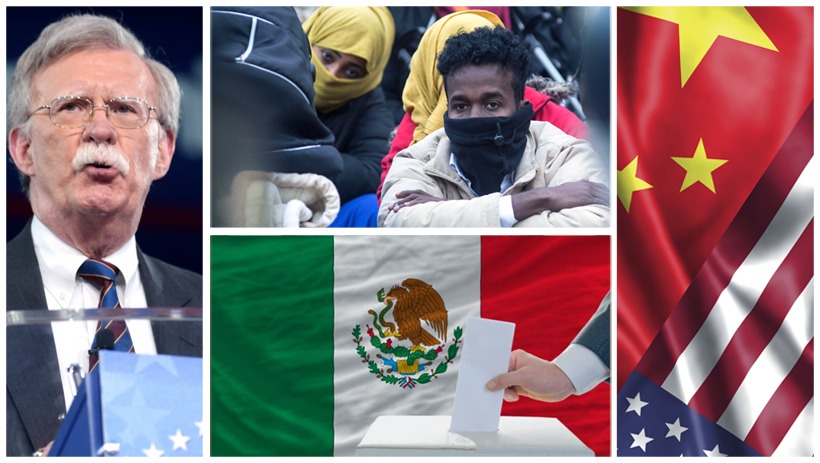
Leave a Reply